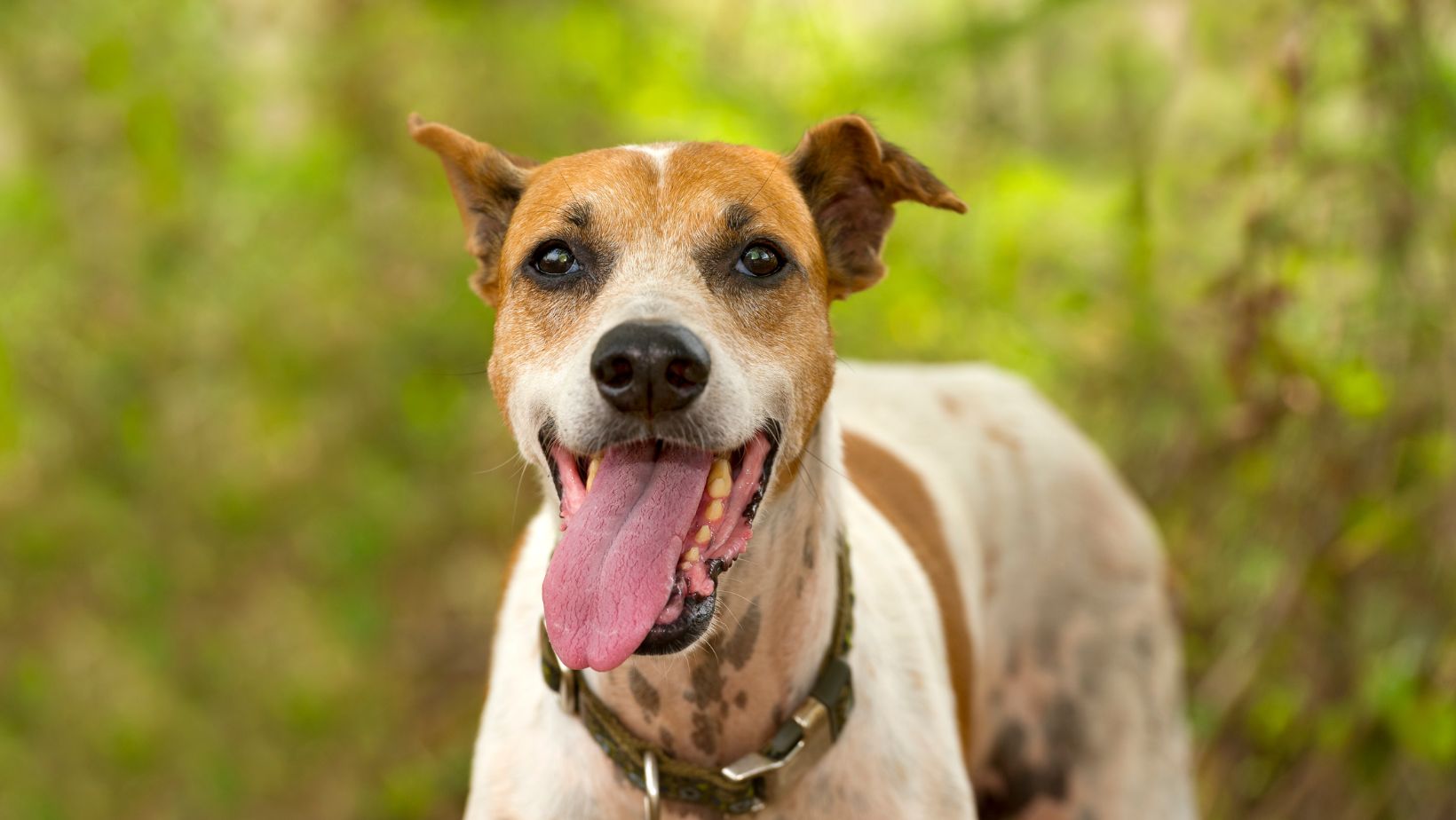If you’re wondering why your dog is panting, there could be several common causes to consider. First and foremost, it’s important to understand that dogs pant as a way to cool themselves down. Unlike humans, who sweat, dogs regulate their body temperature through panting. However, excessive or unusual panting might indicate an underlying issue.
One possible reason for your dog’s panting could be physical exertion or exercise. Dogs naturally pant more when they are active or after engaging in strenuous activities such as running or playing fetch. If your furry friend has been particularly active recently, their increased respiration rate may simply be a result of their efforts to cool down and catch their breath.
Another potential cause of excessive panting in dogs is anxiety or stress. Dogs can become anxious due to various factors such as loud noises (thunderstorms, fireworks), separation anxiety, new environments, or unfamiliar people and animals. Panting can be a sign of distress in these situations, along with other behaviors like pacing, whining, or trembling.
Certain medical conditions may contribute to abnormal panting in dogs. Heatstroke is a serious concern during hot weather when dogs are exposed to high temperatures without proper ventilation or hydration. Other health issues such as heart problems, respiratory disorders, pain from injuries or illnesses, and hormonal imbalances can also lead to increased panting.
While it’s essential to monitor your dog’s behavior closely and consult a veterinarian if you have concerns about their excessive panting, understanding some of the common causes mentioned above can help you start narrowing down the possibilities. Remember that each dog is unique and may exhibit different symptoms depending on their breed and overall health condition.
Why Is My Dog Panting
When it comes to our furry friends, heat and humidity can pose some serious challenges. Dogs regulate their body temperature through panting, which helps them cool down. However, excessive panting could be a sign of heat exhaustion. Some common signs to look out for include:
- Excessive drooling
- Rapid breathing
- Bright red gums or tongue
- Lethargy or weakness
- Vomiting or diarrhea
If you notice any of these symptoms in your dog, it’s crucial to take immediate action to prevent further complications. Move them to a cooler area, offer fresh water, and wet their paws with cool water. It’s important not to use ice-cold water as this can shock their system.

The Role of Breed and Age
Certain breeds are more prone to heat-related issues than others. Brachycephalic dogs like Bulldogs and Pugs have shorter snouts, making it harder for them to breathe efficiently in hot weather. Similarly, older dogs may struggle more with regulating their body temperature compared to younger ones.
It’s essential for pet owners with brachycephalic breeds or senior dogs to take extra precautions during hot and humid conditions. Limit outdoor activities during the hottest parts of the day and ensure they have access to shady spots and plenty of fresh water at all times.
Other Possible Health Issues
While heat exhaustion is a primary concern when it comes to panting in dogs, there could be other underlying health issues causing this behavior. Some potential reasons include:
- Heart problems: Panting can be a symptom of heart disease in dogs.
- Respiratory issues: Conditions like asthma or allergies can lead to increased panting.
- Pain or discomfort: Dogs may pant excessively if they’re experiencing pain due to injuries or illnesses.
If your dog’s panting seems unusual or accompanied by other concerning symptoms, it’s best to consult with a veterinarian. They can assess your dog’s overall health and provide appropriate guidance or treatment.
In conclusion, keeping our furry friends safe during hot and humid weather is crucial. By being aware of the signs of heat exhaustion, considering breed and age factors, and watching out for other potential health issues, we can help ensure our dogs stay cool and comfortable all year round.